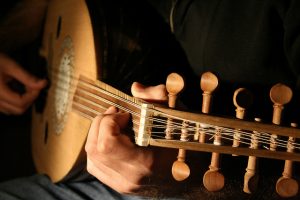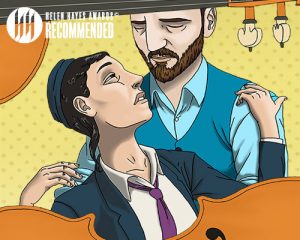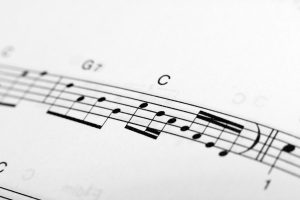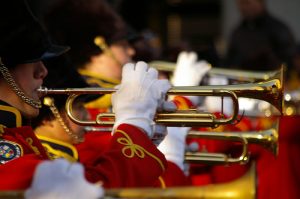I mean that literally. It’s not just that I spent much of this semester exploring the ways in which sound --intonation, volume, accent, music and noise -- define the Jewish historical experience. I’ve also had the wonderful opportunity to take things even further by producing and hosting a concert this past week that featured one of my students, David Freeman, and his musical ensemble, Sha’ar.
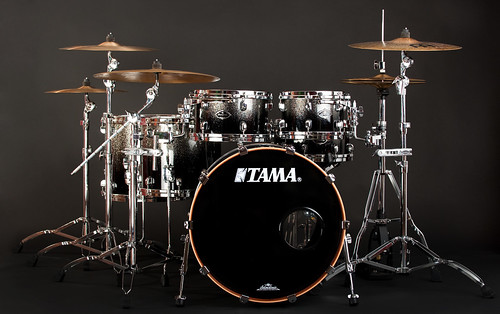
It’s always a thrill to see one’s students perform outside the confines, and constraints, of the classroom. The thrill is greater still when their performance not only builds on their training but also extends, and enhances, its meaning.
And so it was last Tuesday evening, when an old-fashioned musicale with newfangled music unfolded amid the grand salon of a beautiful Dupont Circle home. Inspired by the compositions of Yedidia Admon, an Israeli composer whose work drew on both Western and Middle Eastern musical traditions, Sha’ar gives them a new spin -- and, correspondingly, a new lease on life -- introducing Admon to contemporary American audiences.
Sound filled the high-ceiled room, sweeping us up in its embrace. Some of us tapped our feet, others bobbed their heads and still others counted beats. It was hard to resist the pull of the music whose fusion of bass, clarinet, electric guitar and drums simultaneously put us in touch with the past and propelled us into the present.
I can’t imagine a better note on which to end the semester.




